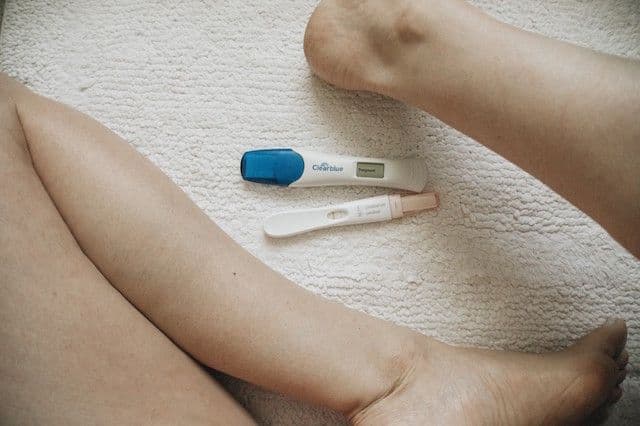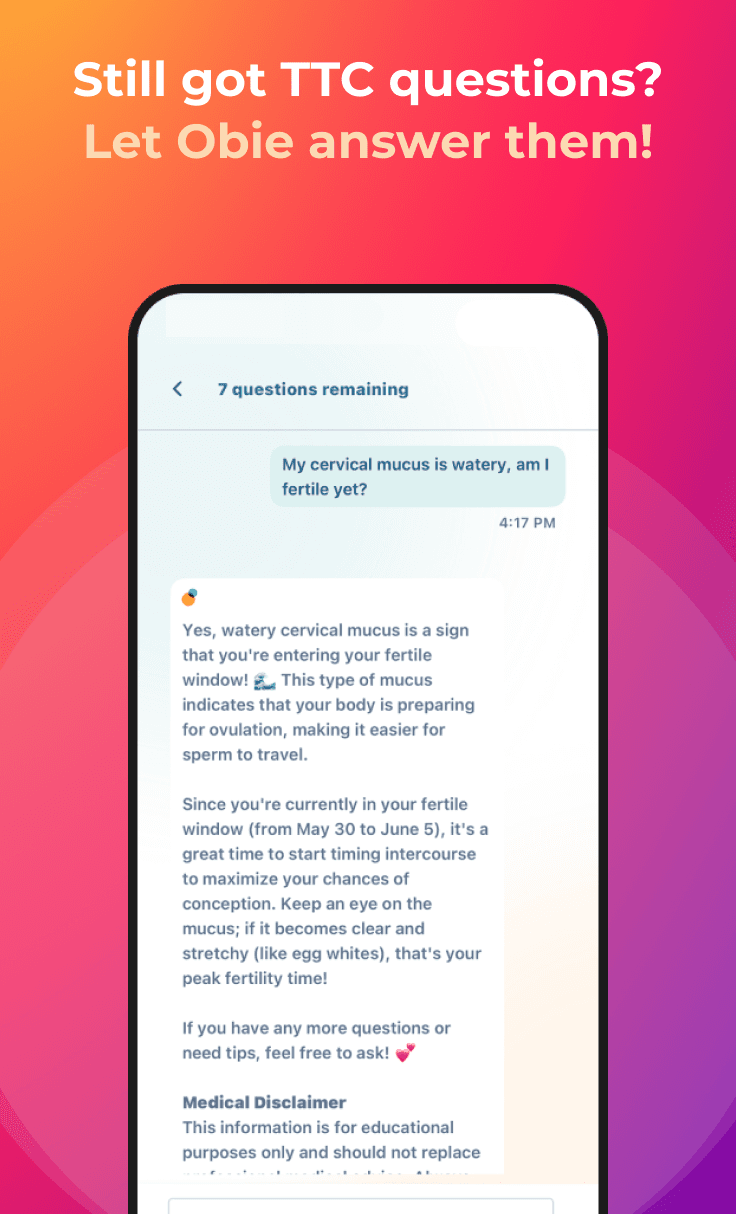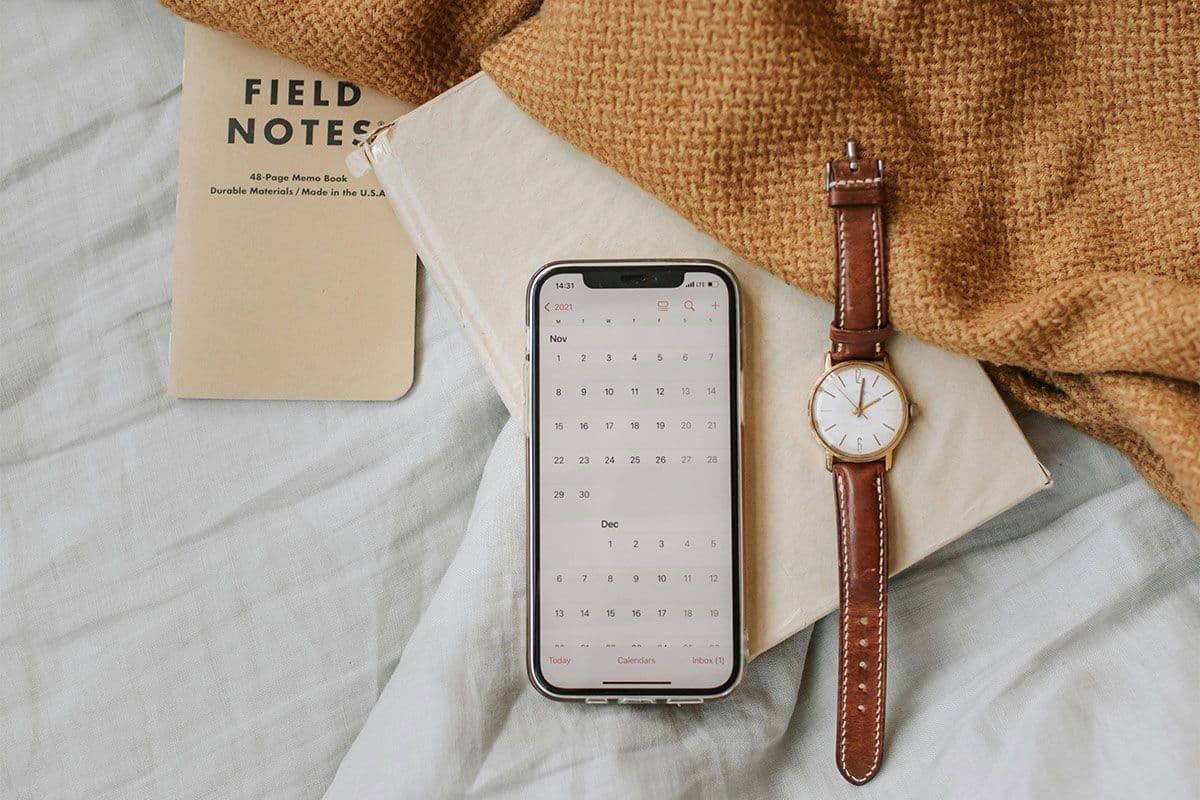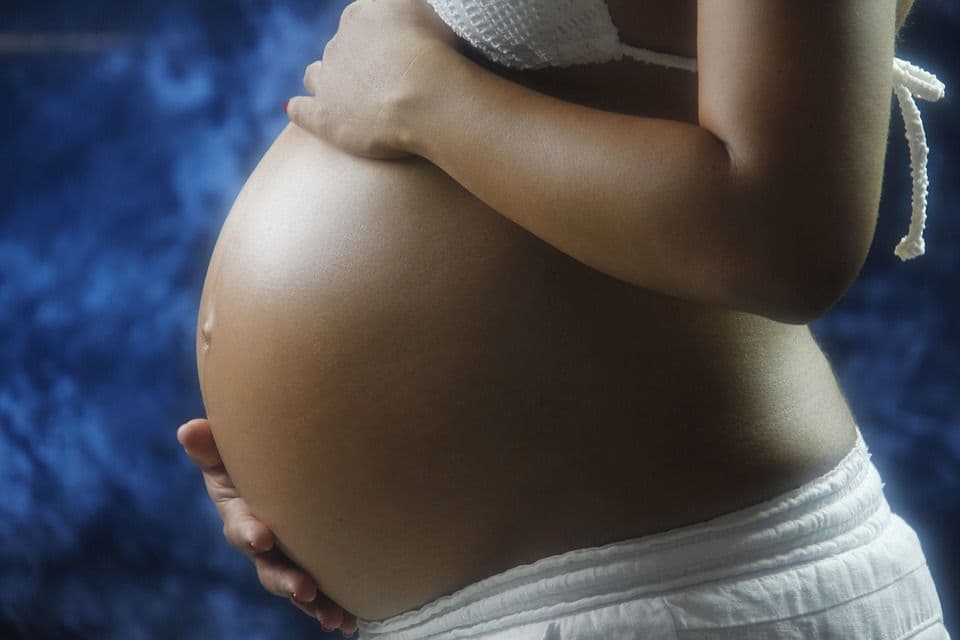How to Take a Home Pregnancy Test
Prenatal Testing
Obie Editorial Team

It might seem simple, but there are many factors that affect the accuracy of your at home pregnancy test. Learn here how to make sure you're taking your home pregnancy test at the best possible time and in the best possible way to avoid any false negatives or positives.
Write down the first day of your last period
Calculate when the next menstrual period is expected based on your present period. The first day of your last period will be used to calculate when the first day of your next period should have been.
Calculate the start date of your next period
Count forward 28 (or the average amount of cycle days) days from the first day of your last period. This date is the day you should have started your period. Most normal cycles range from 28 days to 35 days.
Test after you miss your period
Testing too early will give you a false negative test. Not all pregnancy tests are created equal and not all women secrete the same amount of hCG in their urine. Waiting 5 to 10 days after your period due date will ensure a more accurate result.
Choose the right test
While most over the counter pregnancy tests are good, choosing the most reputable test can ensure better results. There are tests that have digital readouts with "pregnant" or "not pregnant" shown on the screen.
Multiple boxes are best
Buying just one pregnancy test will cost you another trip to the store. Many people choose to retest after the first test to make sure no mistakes caused the result. Buying a twin pack of pregnancy tests is the best option.
Open the test carefully
When you open the test, make sure not to touch the activation tab. You can use gloves to be extra careful.
Use morning urine
Morning urine is more concentrated and will be more likely to give you an accurate answer.
Stream test vs. dip test
The first method of capturing urine on the pregnancy test stick is the stream method. With this method, the stick is placed under the urine stream for a minimum of three seconds. The second method of testing is the dip test. This test requires peeing in a container and dipping the reactive end of the pregnancy test into the urine.
Set a time
Pregnancy tests will each have different time requirements. Instead of sitting and watching the test, set a timer and walk away. When the alarm sounds, read the test immediately. Throw away the test after the maximum time has elapsed and don't read the test after that time. Tests that are allowed to sit for long periods of time before reading may not be accurate and may give you a false positive "evaporation line".
Read the test
With the introduction of digital tests, there is little that can go wrong when reading the pregnancy test result. If a traditional pregnancy test is being used, read the instructions carefully, and look for the positive or negative result.
Positive or negative?
After the time-lapse, the test should clearly read positive or negative. If there is any indication of a positive result, but the result is too light to be definitive, wait until the first-morning urination to retest.
Verify with a blood test
If the test is positive, your doctor or midwife will want to run a blood test to verify the result and gauge the gestational age of the fetus. In cases of multiple pregnancies, the blood test will also hint that there could be more than one baby in utero. If the pregnancy test is negative, but your menstrual cycle does not begin within a week, a blood test can also rule out the pregnancy.
Read More










